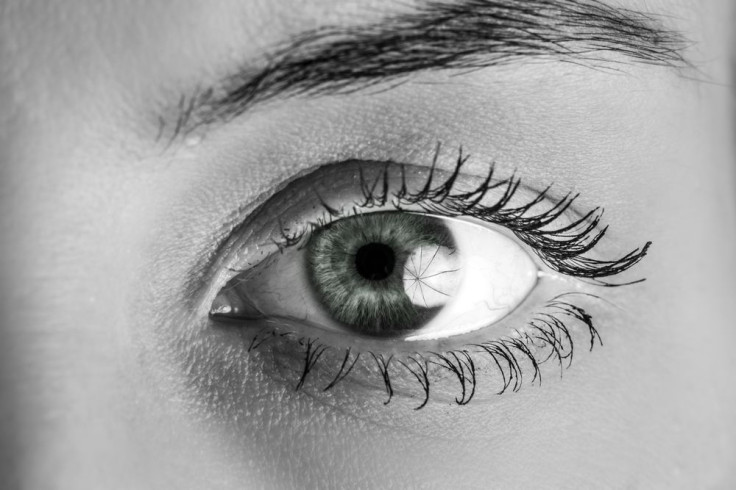Prevent Macular Degeneration With Exercise: One Hour A Day On Treadmill Could Prevent Blindness-Causing Disease

New research shows that exercise may have a protective effect against blindness related to retinal degeneration and disease, providing a possible strategy to delay conditions like age-related macular degeneration.
Dr. Machelle Pardue, a researcher at the Atlanta VA Center for Visual and Neurocognitive Rehabilitation and senior author of the new study, said in a press release that the findings offer an unprecedented look at the relationship between exercise and retinal disease. Previous studies have found a similar effect on neurodegenerative disease and injury, but comparatively few have looked at how fitness influences a person’s vision. "This is the first report of simple exercise having a direct effect on retinal health and vision," she said. "This research may one day lead to tailored exercise regimens or combination therapies in treatments of blinding diseases."
The findings show that moderate daily exercise can stave off age-related macular degeneration and other types of retinal degeneration in animal models of the condition. To investigate, the researchers trained a group of mice to run on a treadmill for one hour per day, five days a week. The mice were then exposed to a type of “toxic light” known to cause retinal degeneration.
The team found that the exercise program was remarkably effective in protecting the mice from retinal problems. Compared to a control group that didn’t exercise at all, the mice that ran on the treadmill lost only half the number of photoreceptor cells. In addition, their retinal cells appeared to be more responsive to light and exhibited higher levels of brain-derived neurotrophic factor (BDNF), a protein involved in eye growth and health.
Preventing Macular Degeneration
Age-related macular degeneration is characterized by a gradual deterioration of the macula, the central part of the retina that helps you perceive fine details in your field of vision. As a result, central vision and sharpness is impaired, problematizing daily tasks like driving and reading. The Centers for Disease Control and Prevention (CDC) estimates that the condition currently affects about 1.8 million Americans over 40.
The new study, which is published in the Journal of Neuroscience, adds to the growing number of papers illuminating new ways to prevent retinal degeneration. Another example is a 2013 study from the University College London, in which researchers restore sight to blind mice using stem cells. Researchers hope that these breakthroughs will eventually lead to the long-sought basis of a cure for blindness.
"These findings further our current understanding of the neuroprotective effects of aerobic exercise and the role of BDNF,” Dr. Michelle Ploughman, a researcher at Memorial University of Newfoundland who was not involved in the study, explained. "People who are at risk of macular degeneration or have early signs of the disease may be able to slow down the progression of visual impairment.”
Source: Lawson EC, Han MK, Seller JT, Pardue MT. Aerobic Exercise Protects Retinal Function and Structure from Light-Induced Retinal Degeneration. The Journal of Neuroscience. 2014.



























